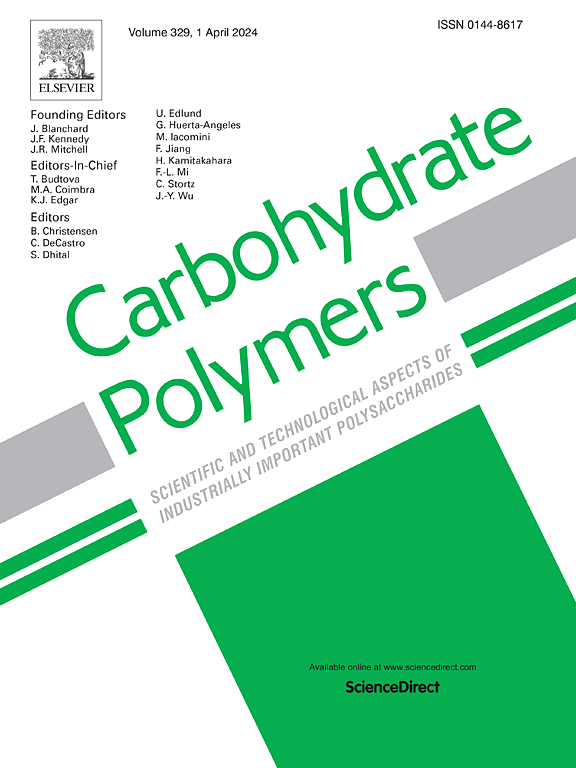纸卷铅笔启发自组装多层交织纳米纤维素超级电容器电极实现跨尺度应力阻抗与电化学稳定性耦合
IF 12.5
1区 化学
Q1 CHEMISTRY, APPLIED
引用次数: 0
摘要
柔性超级电容器的实际应用往往受到电极材料在机械变形下结构解体与电化学性能恶化的关键矛盾的制约。受纸卷铅笔多层缠绕结构的启发,我们提出了一种自组装的多层交织电极结构。在该设计中,细菌纤维素(BC)通过交替缠绕形成多层外部支架,而聚多巴胺(PDA)增强了氮掺杂石墨烯(N-rGO)之间的界面粘附和电子耦合。一个连续聚吡咯(PPy)赝电容层进一步封装结构形成导电网络,协同形成从纳米尺度到微尺度的连续跨界面传输通道。这种独特的电极结构同时实现了应力梯度缓冲和机械负载下的电化学稳定性调节。结果表明,在10,000次充放电循环和超声波搅拌(40 kHz/200 W)后,电极保持了96.3%的电容。这项工作为构建具有集成跨尺度应力阻抗和高电化学耐久性的柔性储能电极提供了一种新的策略。本文章由计算机程序翻译,如有差异,请以英文原文为准。

Paper-roll-pencils inspired self-assembled multilayer interwoven nanocellulose supercapacitor electrode enables cross-scale stress impedance coupled with electrochemical stability
The practical application of flexible supercapacitors is often constrained by the critical contradiction between structural disintegration of electrode materials under mechanical deformation and deterioration of electrochemical performance. Inspired by the multilayer wrapping structure of paper-roll-pencils, we propose a self-assembled multilayer interwoven electrode architecture. In this design, bacterial cellulose (BC) forms a multilayered outer scaffold via alternating winding, while polydopamine (PDA) enhances interfacial adhesion and electronic coupling between nitrogen-doped graphene (N-rGO). A continuous polypyrrole (PPy) pseudocapacitive layer further encapsulates the structure to form a conductive network, collaboratively forming a continuous cross-interface transport channel from nanoscale to microscale. This unique electrode architecture simultaneously enables stress-gradient buffering and electrochemical stability regulation under mechanical load. As a result, the electrode retains 96.3 % of its capacitance after 10,000 charge-discharge cycles and ultrasonic agitation (40 kHz/200 W). This work offers a novel strategy for constructing flexible energy storage electrodes with integrated cross-scale stress impedance and high electrochemical durability.
求助全文
通过发布文献求助,成功后即可免费获取论文全文。
去求助
来源期刊

Carbohydrate Polymers
化学-高分子科学
CiteScore
22.40
自引率
8.00%
发文量
1286
审稿时长
47 days
期刊介绍:
Carbohydrate Polymers stands as a prominent journal in the glycoscience field, dedicated to exploring and harnessing the potential of polysaccharides with applications spanning bioenergy, bioplastics, biomaterials, biorefining, chemistry, drug delivery, food, health, nanotechnology, packaging, paper, pharmaceuticals, medicine, oil recovery, textiles, tissue engineering, wood, and various aspects of glycoscience.
The journal emphasizes the central role of well-characterized carbohydrate polymers, highlighting their significance as the primary focus rather than a peripheral topic. Each paper must prominently feature at least one named carbohydrate polymer, evident in both citation and title, with a commitment to innovative research that advances scientific knowledge.
 求助内容:
求助内容: 应助结果提醒方式:
应助结果提醒方式:


